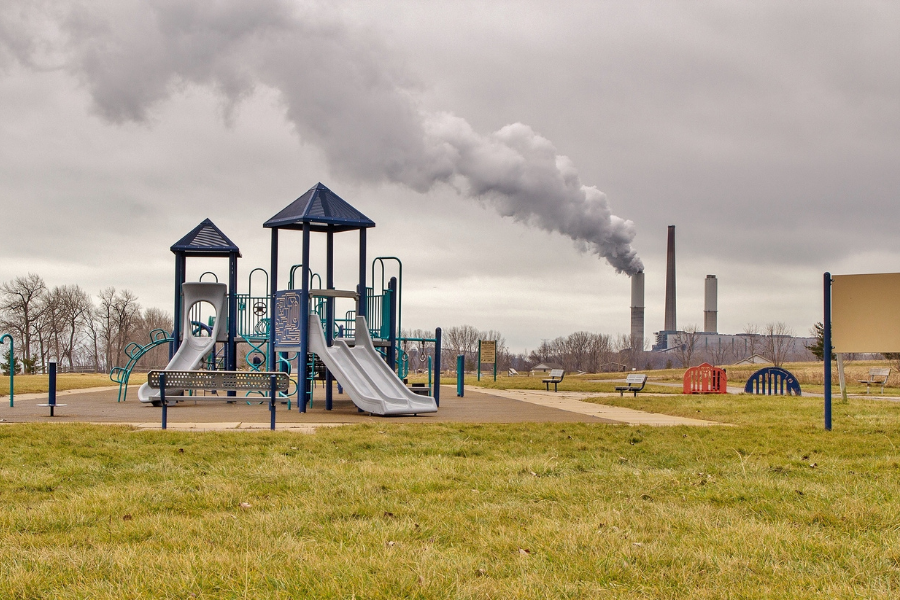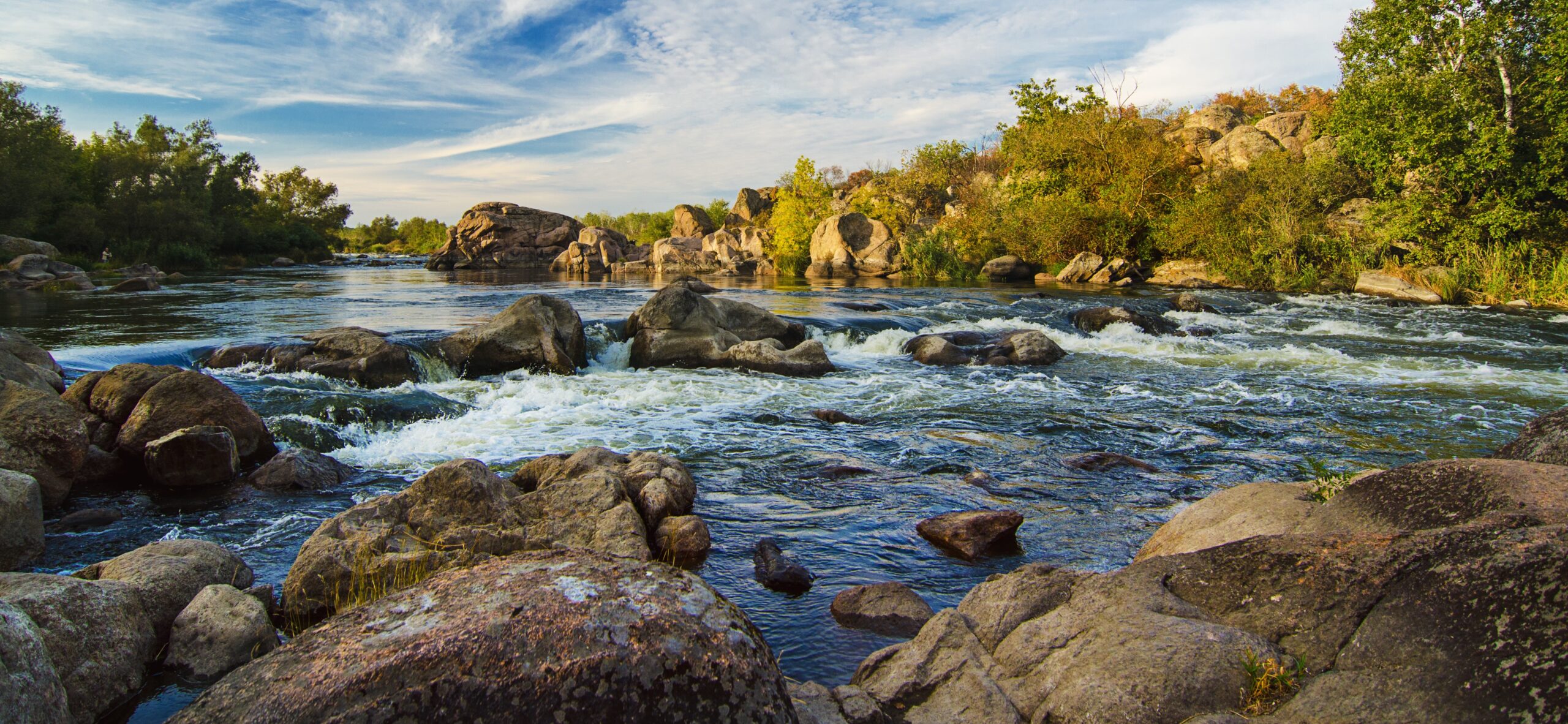
Issue Brief
Environmental Justice
Overview
This issue brief provides an overview of environmental justice, key facts and terms for understanding the trends of environmental injustice, as well applicable strategies for implementing environmental justice strategies.
Key Points
Key Point 1
Three out of five Black Americans live in communities with uncontrolled toxic waste sites (National Conference for Community and Justice).
Key Point 2
A case study of the Bronx, New York, found that individuals who live close to noxious industrial facilities and waste sites were 66% more likely to be hospitalized for asthma. Significantly, these same individuals were 13% more likely to be people of color (NCCJ).
Key Point 3
A study by the Centers for Disease Control and Prevention determined that 11.2% of African American children and 4% of Mexican-American children are poisoned by lead, compared with 2.3% of white children (NCCJ).
What is Environmental Justice?
Environmental Justice occurs when all people, regardless of race, gender, socioeconomic status, or national origin, have meaningful involvement and fair treatment with respect to development, implementation, and enforcement of environmental laws, regulations, and policies. Environmental Justice ensures that every person has the ability to live, learn, work, and exist in a safe and clean environment.
What is Environmental Injustice?
Environmental injustice is the disproportionate exposure of Black, Indigenous, and communities of color and low socioeconomic status to pollution and poor quality of life through unequal environmental protection laws, regulations, and practices.
Strategies
Community Outreach and Engagement:
- Long-term partnerships
- Cultivate community engagement and ownership
- Create community led strategies/ programs
- Resources:
Hold Working Groups with EJ Organizations:
- Partner-driven action
- Strategic guidance
- Mobilize resources
- Resources
Take an Intersectional Approach:
- Draws connections to every environmental inequality
- Provides tools to analyze issues holistically
- Critically evaluate environmental issues
- Resources
Introduce Green Jobs:
- Work with the community to create solutions
- Address environmental damages and introduce a transition plan
- Fund/ support workers through the transition from one sector to another
- Resources
Indigenous Rights:
- Ensure freedoms to practice traditions,cosmologies and relationships with nature
- Support Indigenous access to healthy land, air, and water.
- Prevent/cease industrial development on or near Indigenous land (DAPL and NAPL)
- Resources

Empower State Environmental Champions
Your donation funds the fight for equitable actions that protect the environment and our health.
Donate